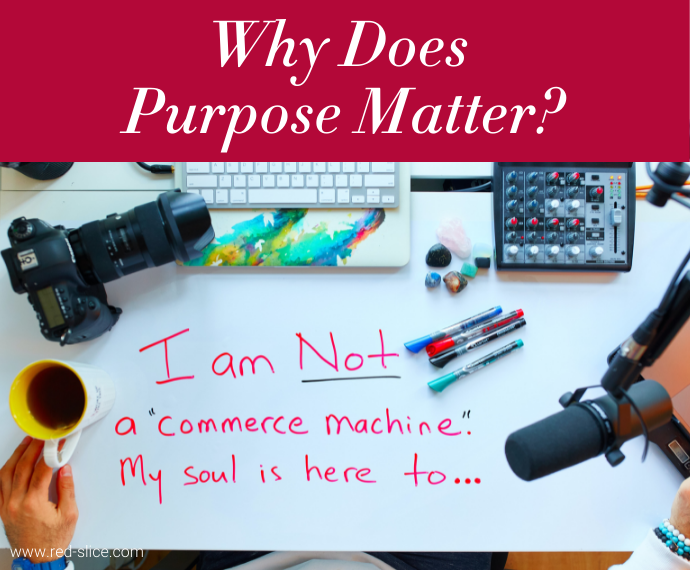
When was the last time you eagerly dived into a task you didn’t connect with, believe in or understand?
If I told you to spend hours creating a complex spreadsheet but never told you why, or where your efforts would lead, how inclined would you be to do it?
Yet every day, employees are asked to produce deliverables, attend meetings, or spend time away from their families on work that means nothing to them – or work they can’t connect to how it makes customers’ lives better.
As humans, we all need purpose to keep us motivated and engaged. Otherwise, work is just drudgery. (Tweet This!)
I could cite thousands of books, surveys and studies here to back up my point. Like this. Or this. Or even this.
But we all inherently know this to be true! Employees who understand where their efforts lead, who can see a correlation between their efforts and external effects feel more satisfied, motivated, and positive about the work they do every day.
Who among you doesn’t have a story about getting “in the zone” and tackling a task where, at the end, you were rewarded with real impact and meaning?
And who among you doesn’t have a story about how miserable you were being a cog in the wheel, without any understanding of how the hours you spent led to something that really mattered to colleagues, customers, or community?
We want to matter. We want a destination to drive toward. When we find meaning, we are more engaged. And we also want a say in what that destination looks like and how we can get there. We crave autonomy.
And when we get it? Look out. Your employees will unleash massive potential the likes of which you’ve never seen.
So before you roll your eyes at launching a “Purpose Project ” or decide that all that feel-good stuff is a waste of time, think about what your organization’s goals, financial or otherwise. Would you rather spend a bit of time working together to define a purpose everyone can rally around, and thus operate at maximum capacity – increasing retention, innovation, and loyalty? Or would you rather limp along by cracking the whip and naively expecting soul-drained individuals to work at their best for you (which they won’t)?
Make the time. Articulate your purpose. Gather input. Share it. Live it. Think of this work as a fuel-boosting additive to make your company engine run better!





